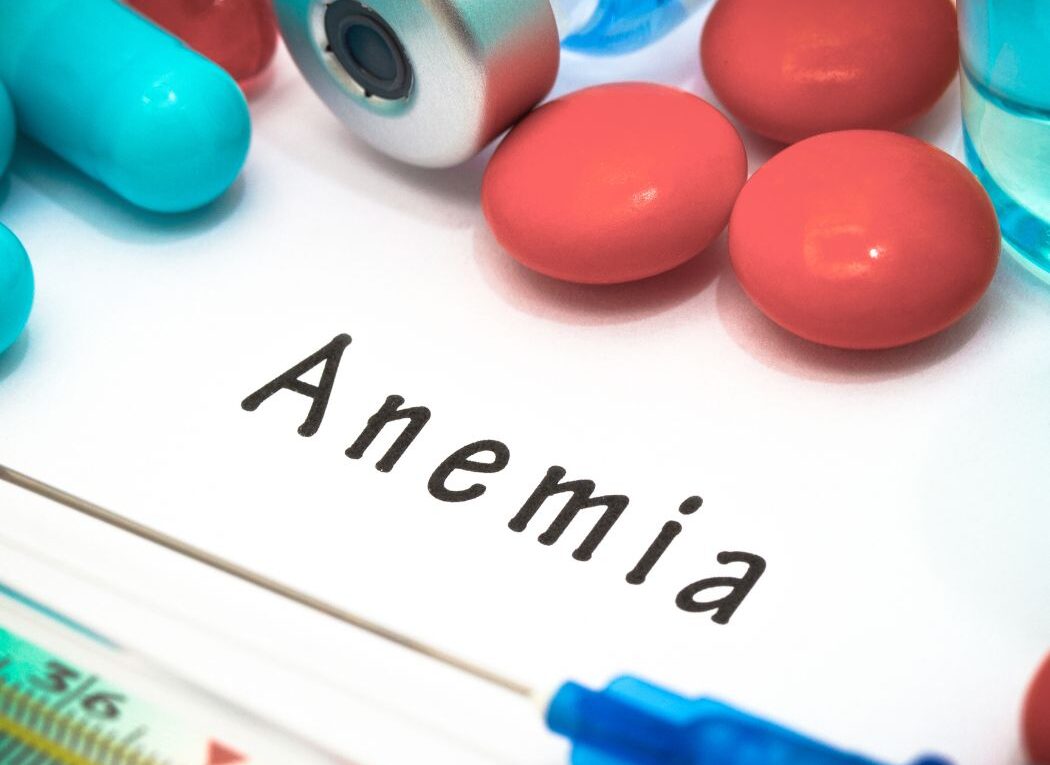Iron-Deficiency Anemia: 5 Powerful Ways to Combat It and Stay Healthy
You remember the popular supplement commercials, “Do you have iron-poor blood?” Anemia may seem like a harmless condition, but, unfortunately, it can be a little more complicated and serious than that.
Iron-deficiency anemia can be caused by blood loss, problems with your body’s absorption of iron, or not getting enough iron in your diet. However, anemia is sometimes an indication of another problem, especially in elderly people.
A recent study of people over age 85 found that those who were anemic had a death rate twice as high as people the same age with normal blood iron levels. Researchers found that 13 percent of anemic people had cancer during the follow-up period, compared with just 5 percent of the people who were not anemic. Anemics were also more likely to have peptic ulcers and infections.
Another study found that elderly people who were anemic were more likely to have a decline in mental function than those with normal blood iron levels.
While you should strive to get enough vitamins and minerals, including iron, in your diet, deciding to take an iron supplement without your doctor’s advice isn’t a good idea. Too much iron can be as dangerous as too little, and if you have a problem absorbing iron, taking supplements won’t do you any good.
Have your doctor check your iron levels and then follow his advice. In the meantime, here are some suggestions for maintaining- Ing a healthy iron level.
Start with some meat.
The best food for replacing iron is red meat, particularly organ meats such as calf liver and kidney. The type of iron found in meat, fish, and poultry is more easily absorbed into your body than other types of iron. Here’s a good rule of thumb -the darker the meat, the greater the iron content. Dark meats are also rich in vitamin B12 and zinc, important nutrients in preventing anemia.
Pass the peas and beans, please
Since the best natural source of iron is red meat, a strict vegetarian diet can lead to iron deficiency. But with all that fat and cholesterol, you might be shy about loading up on liver. A simple solution to this problem is to eat white poultry with legumes, such as peas or dried beans. Studies show that the animal protein in the poultry helps your body absorb iron from the veggies.
Consider the alternatives
You don’t have to eat meat to get your iron. Iron that doesn’t come from meat is usually less con- concentrated and less easily absorbed by your body, but it still helps in the fight against anemia. Eggs, dairy products, and grains are good sources of iron. If you’re a fan of soy, try tofu or any num- beer of other soy products. Dried fruits, nuts, and blackstrap molasses are also good sources of iron.
Think green and leafy
One of the best ways to make sure you get the iron you need is by eating your green leafy vegetables. While green leafy vegetables don’t contain much iron, they do contain a lot of folic acid and other nutrients. Folic acid plays a key role in helping your body absorb iron and the equally important vitamin B12.
Juice it up
A tall glass of orange juice is a great way to start the day, but did you know it can also chase away anemia? Vitamin C makes it easier for your body to absorb iron. It is so important, in fact, that a lack of vitamin C can sometimes cause anemia. Some nutrition experts say you should get at least 500 milligrams (mg) of vitamin C every day, while others claim you can safely take up to 20 times that amount. Ask your doctor what’s best for you.
